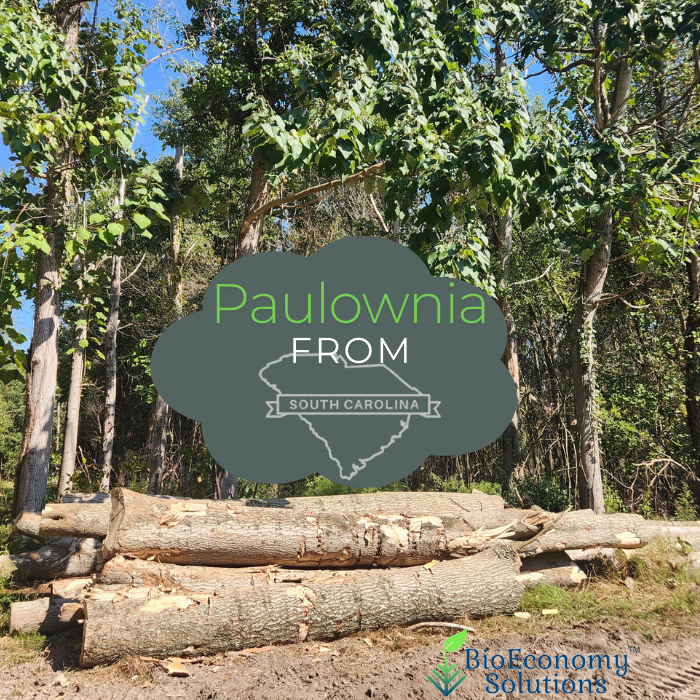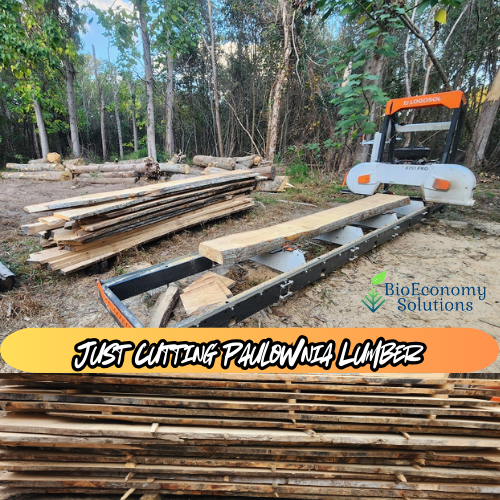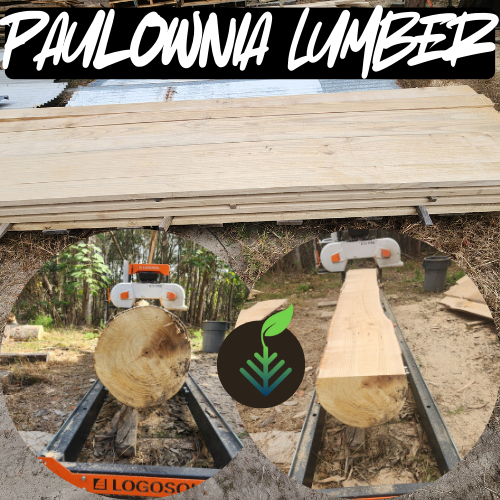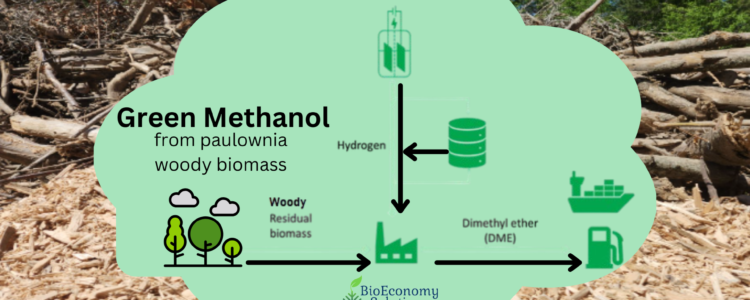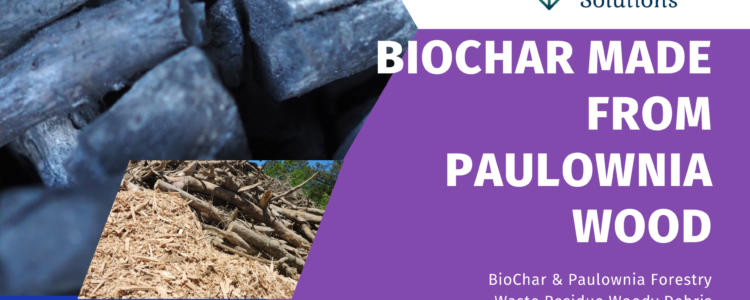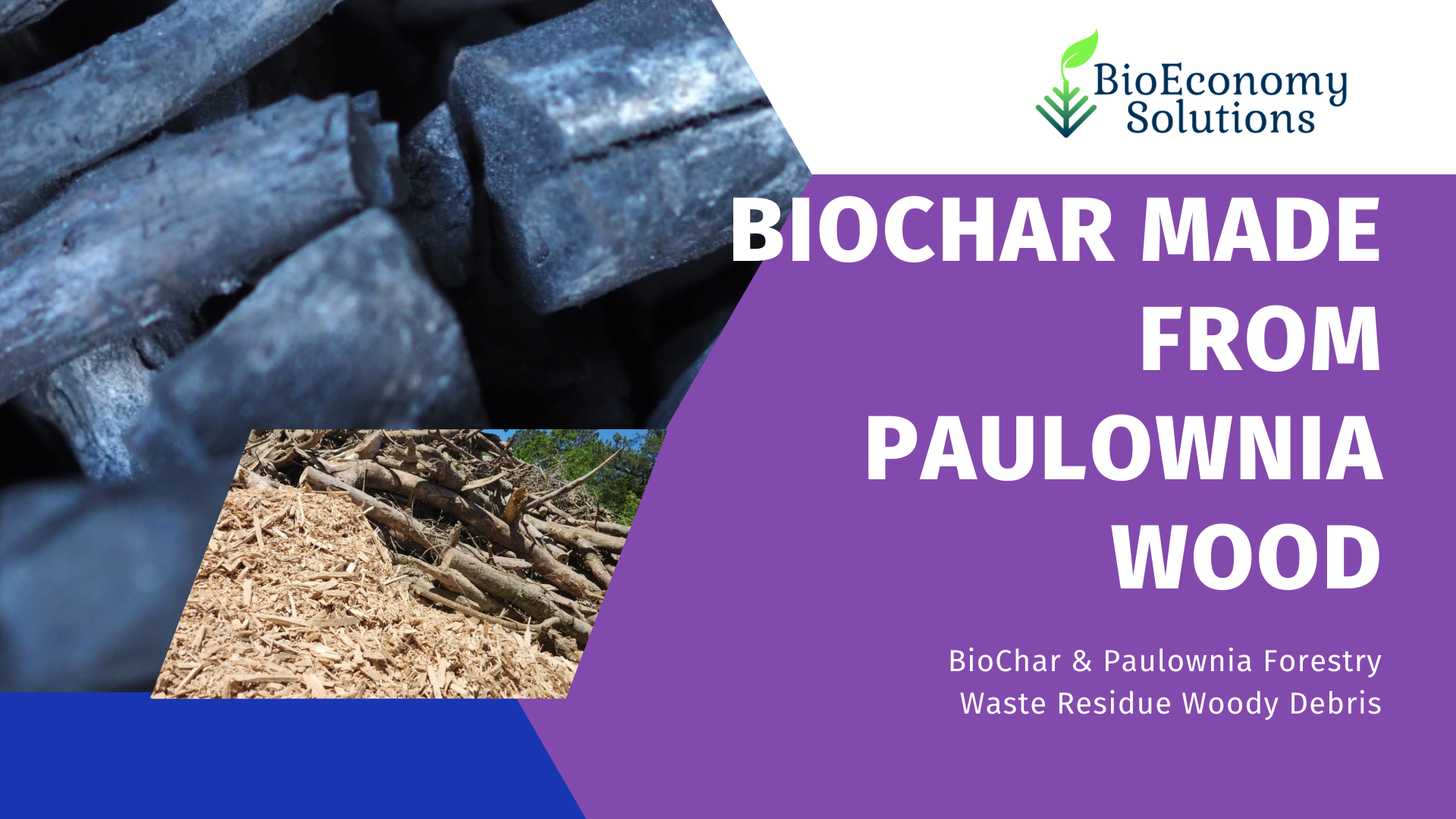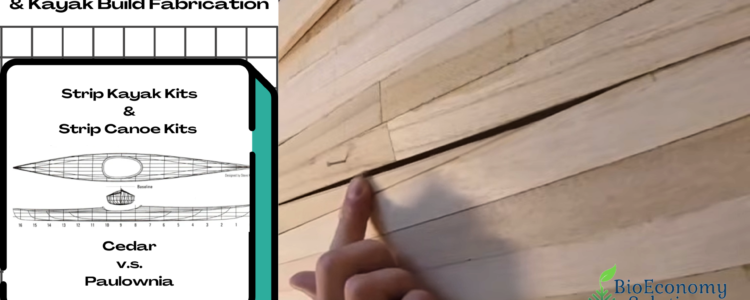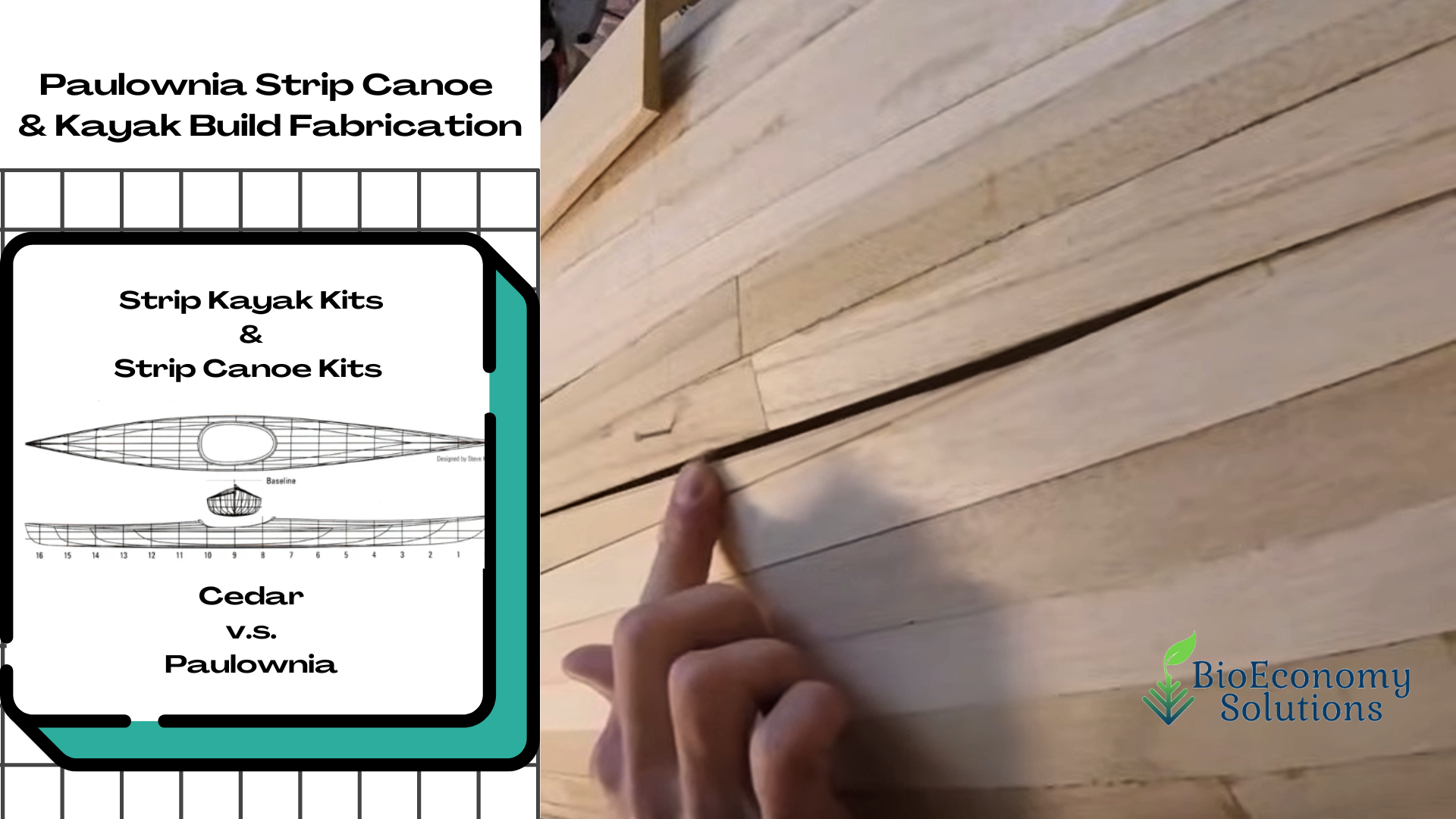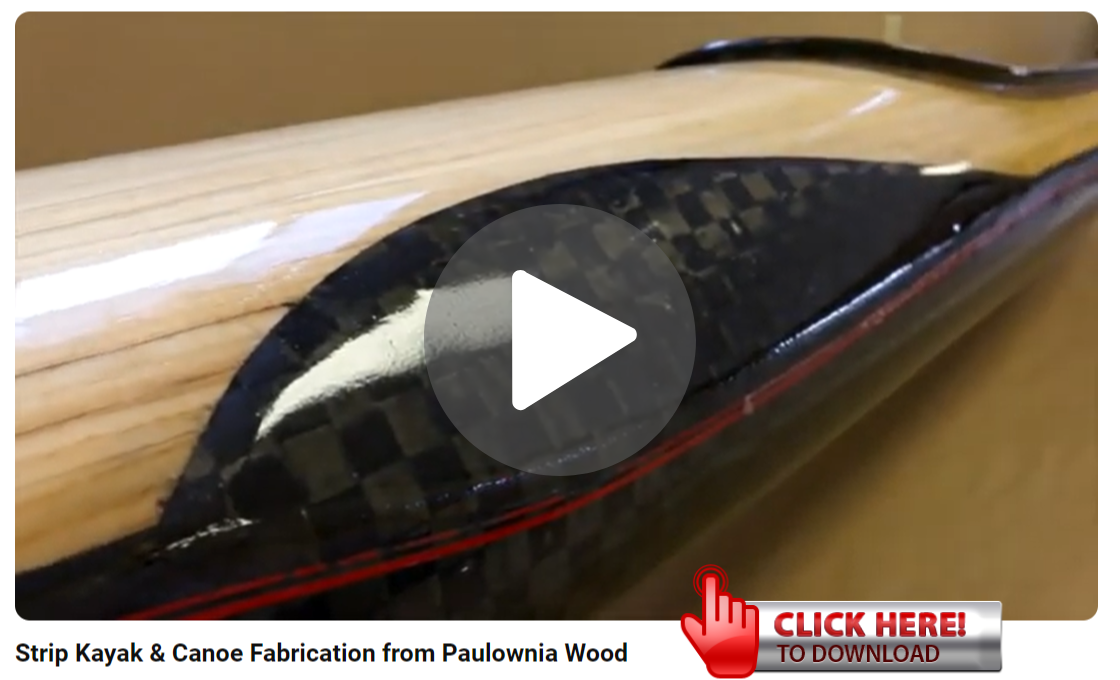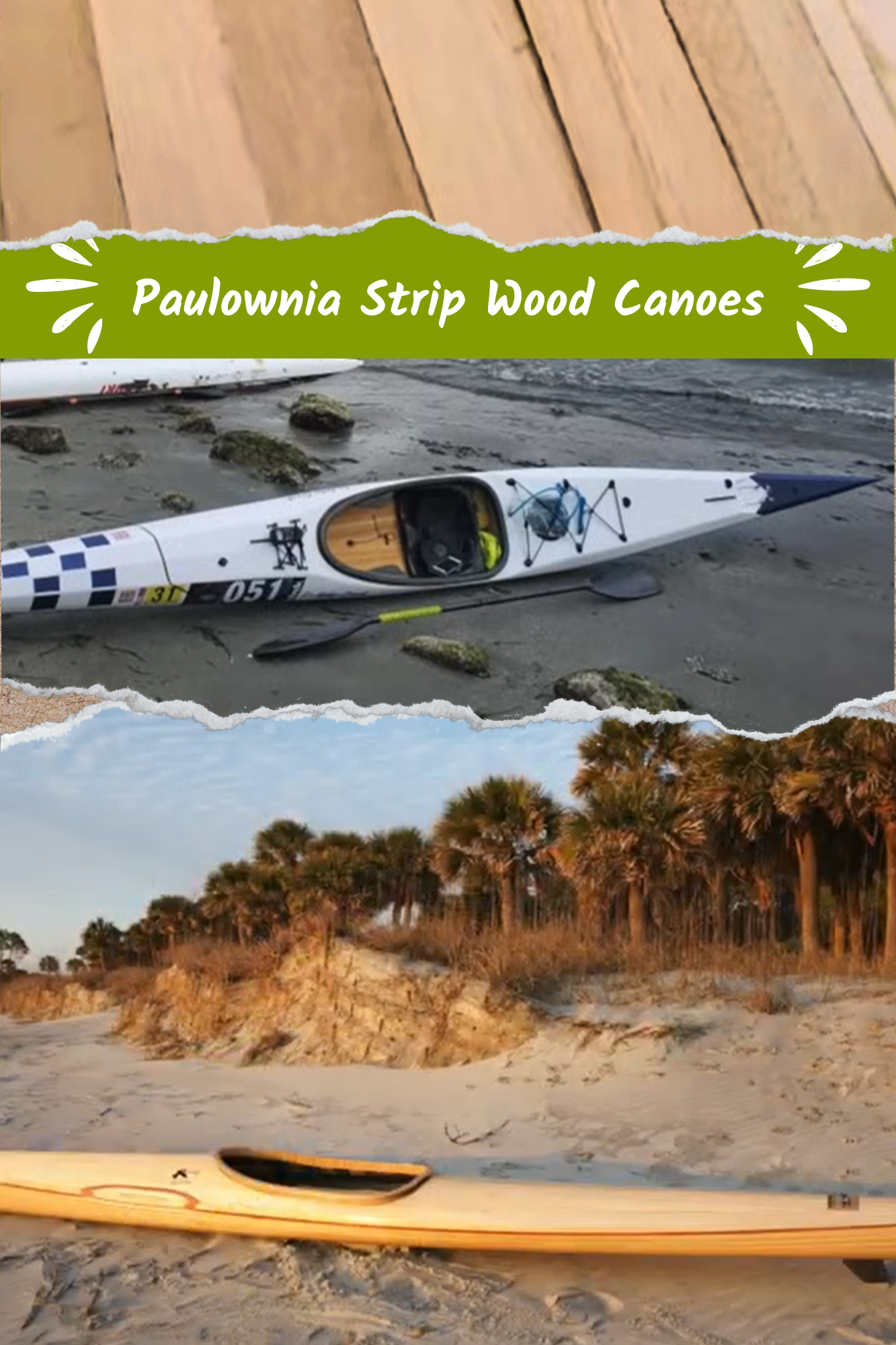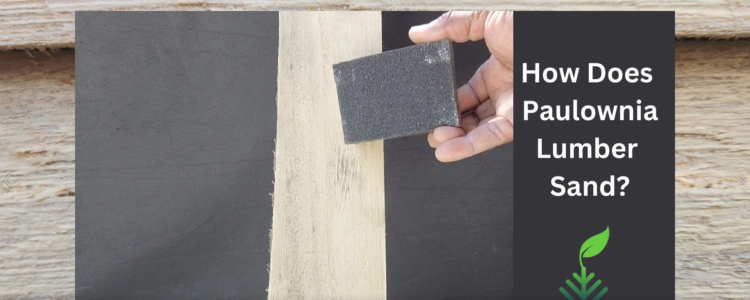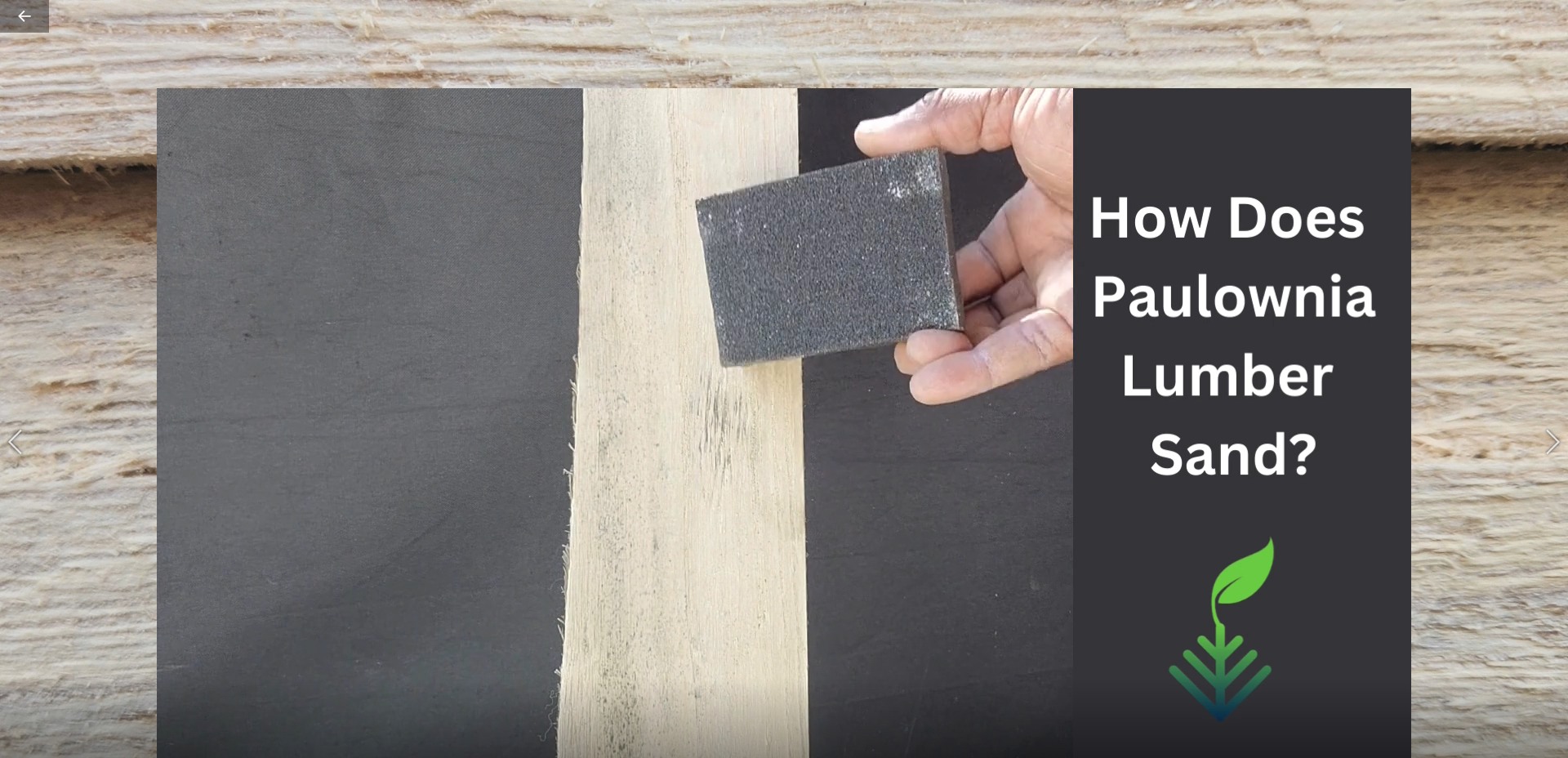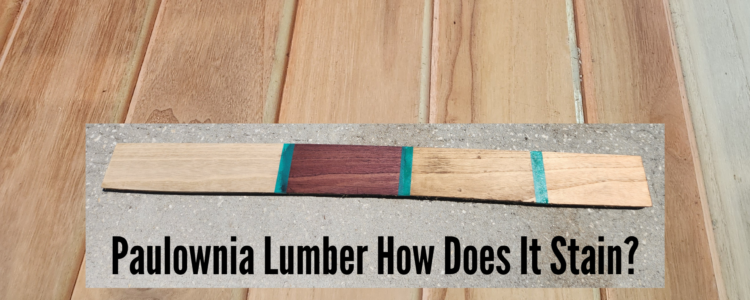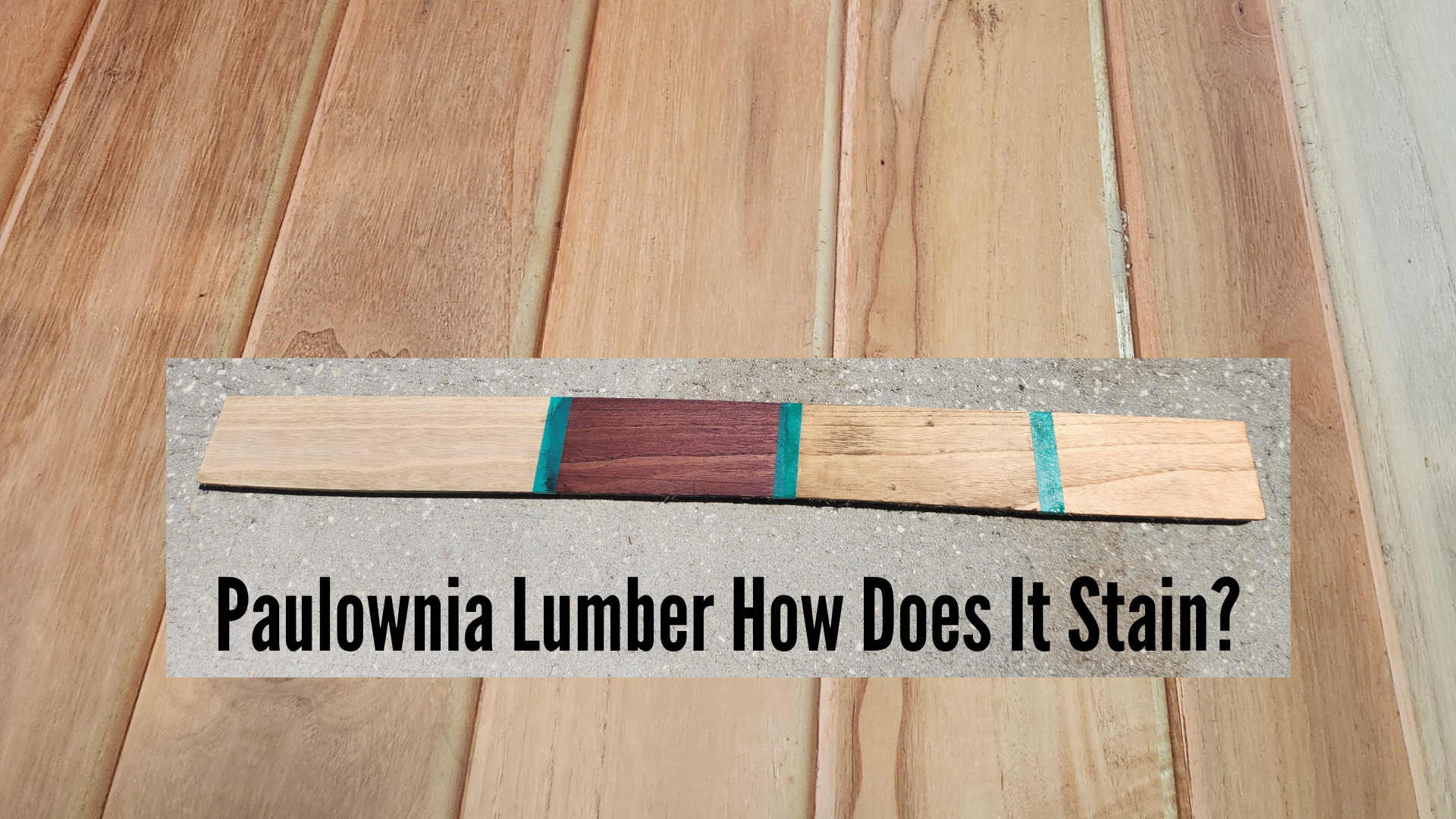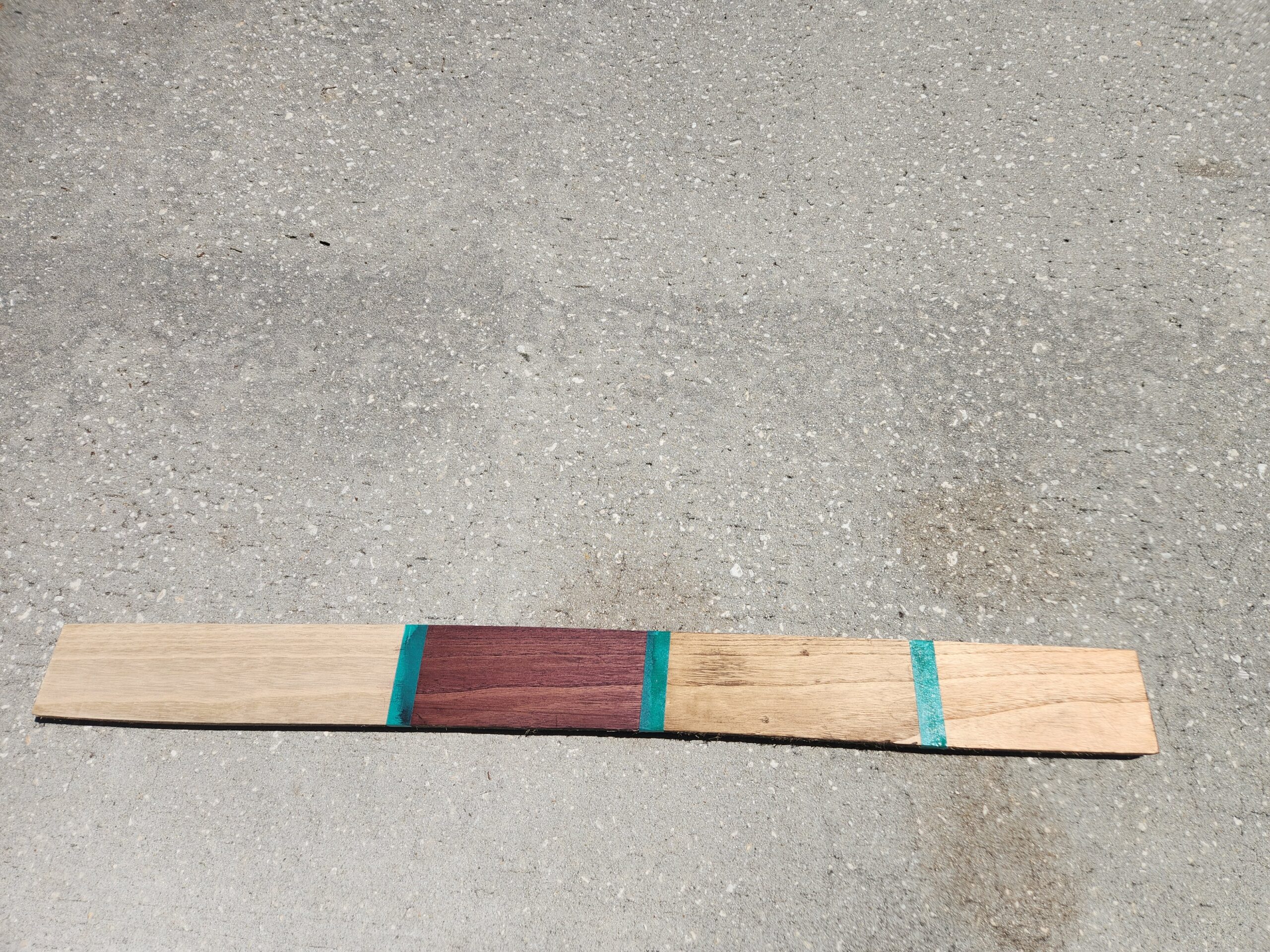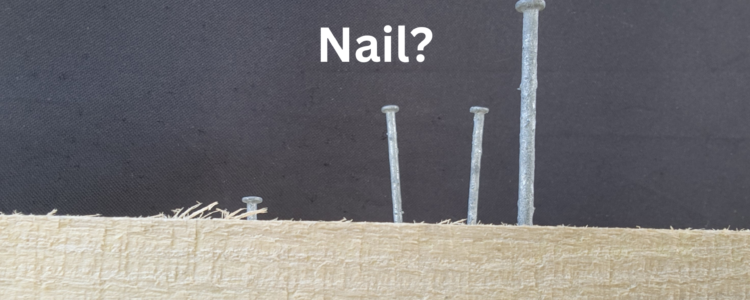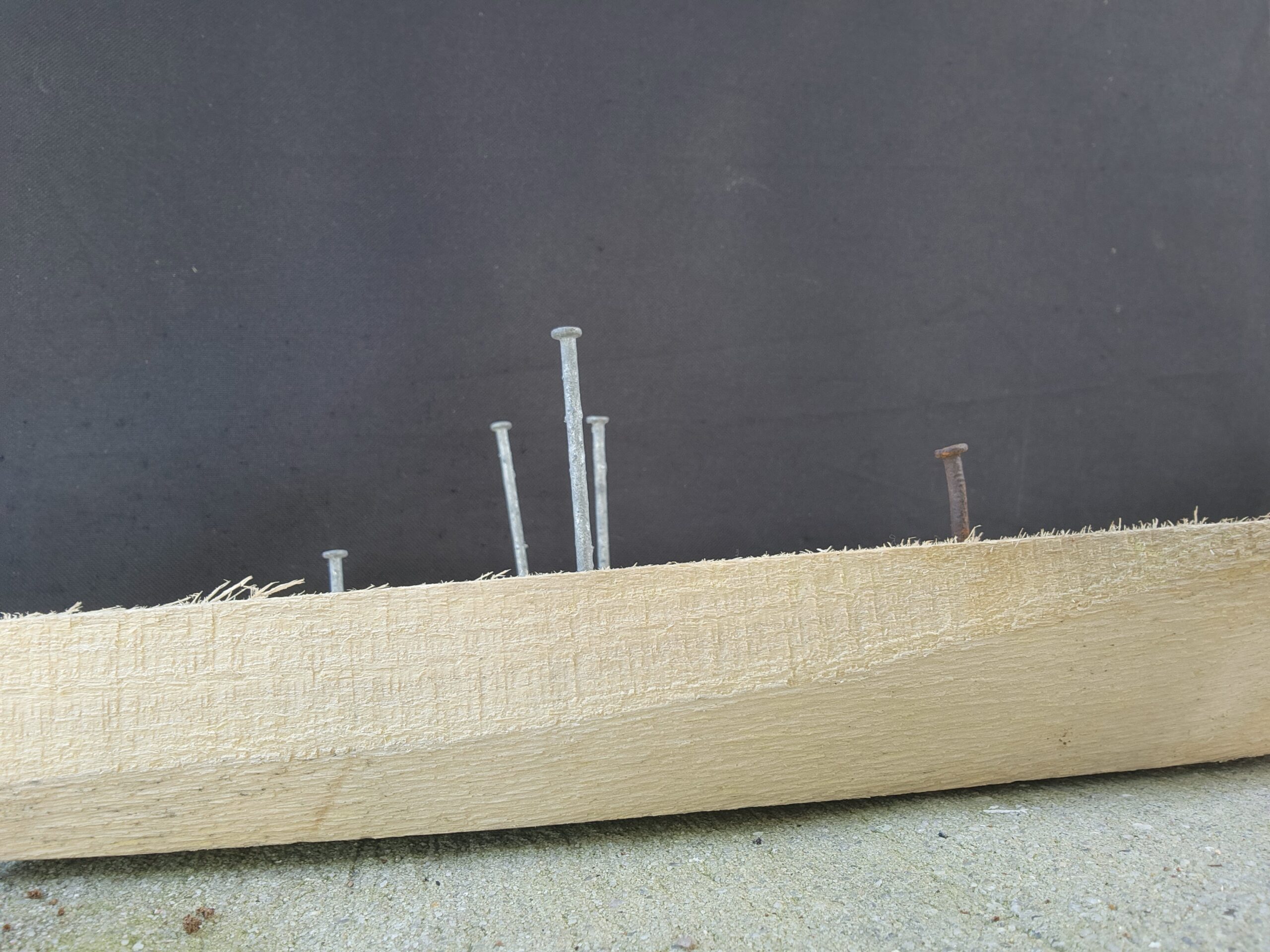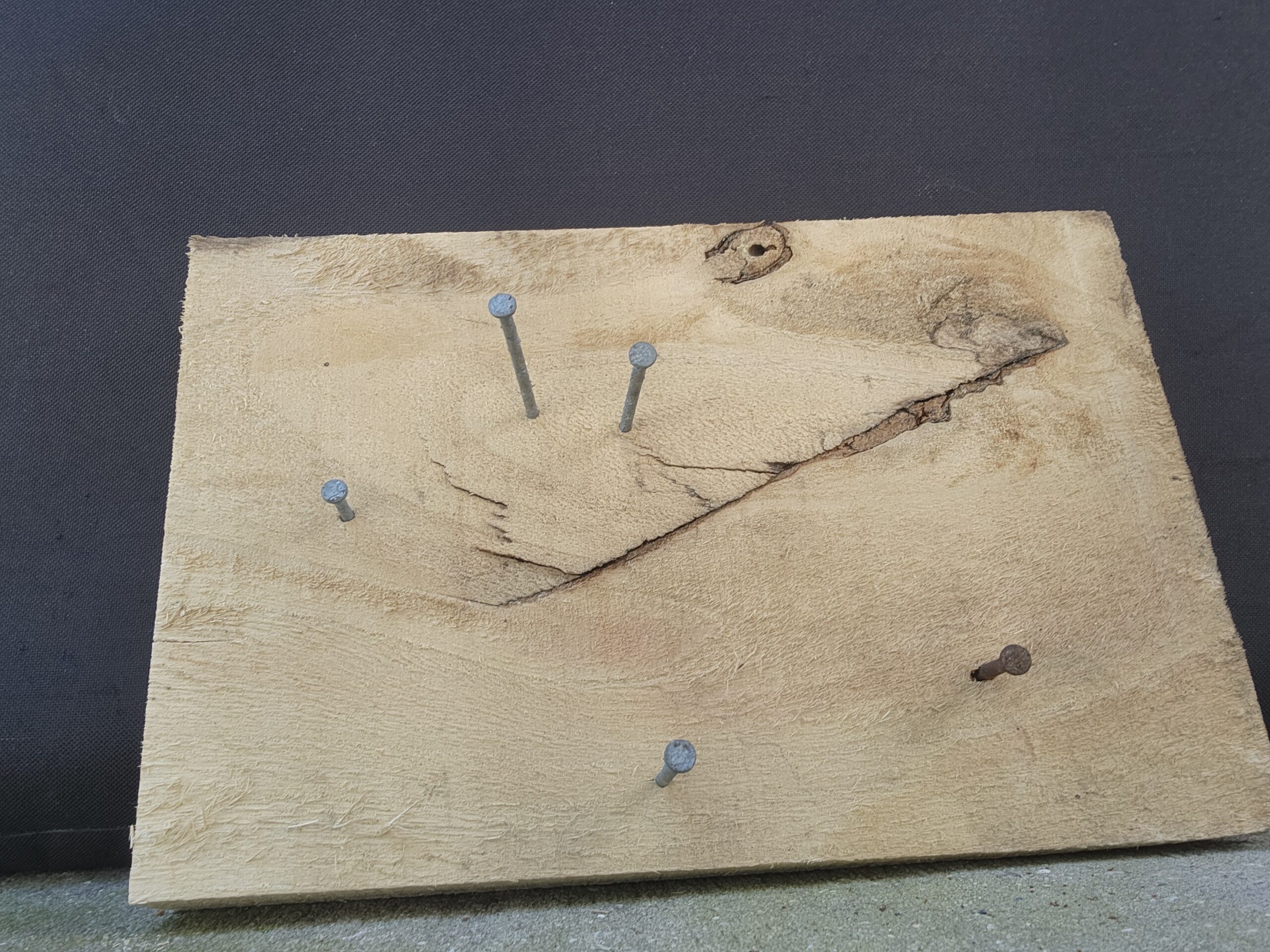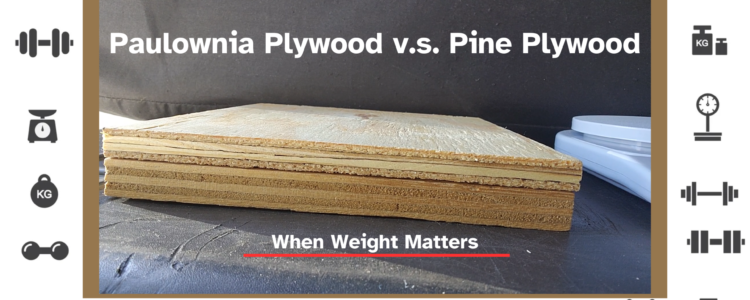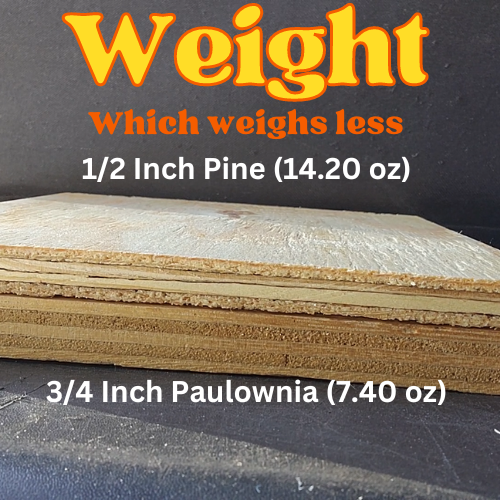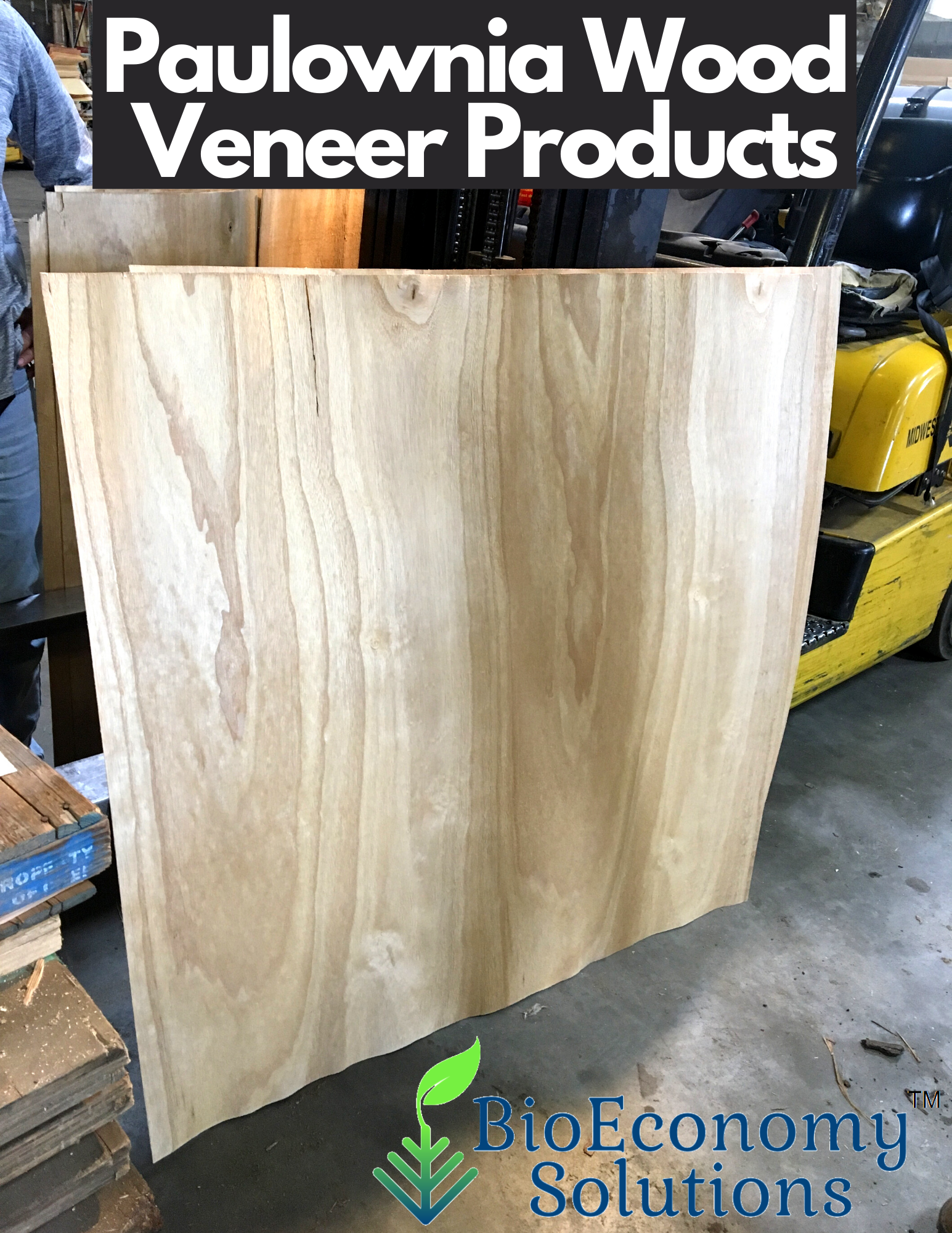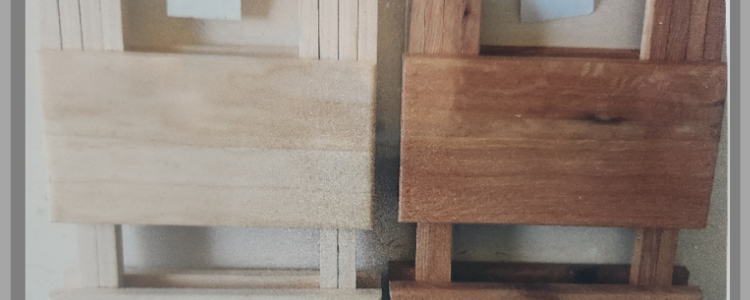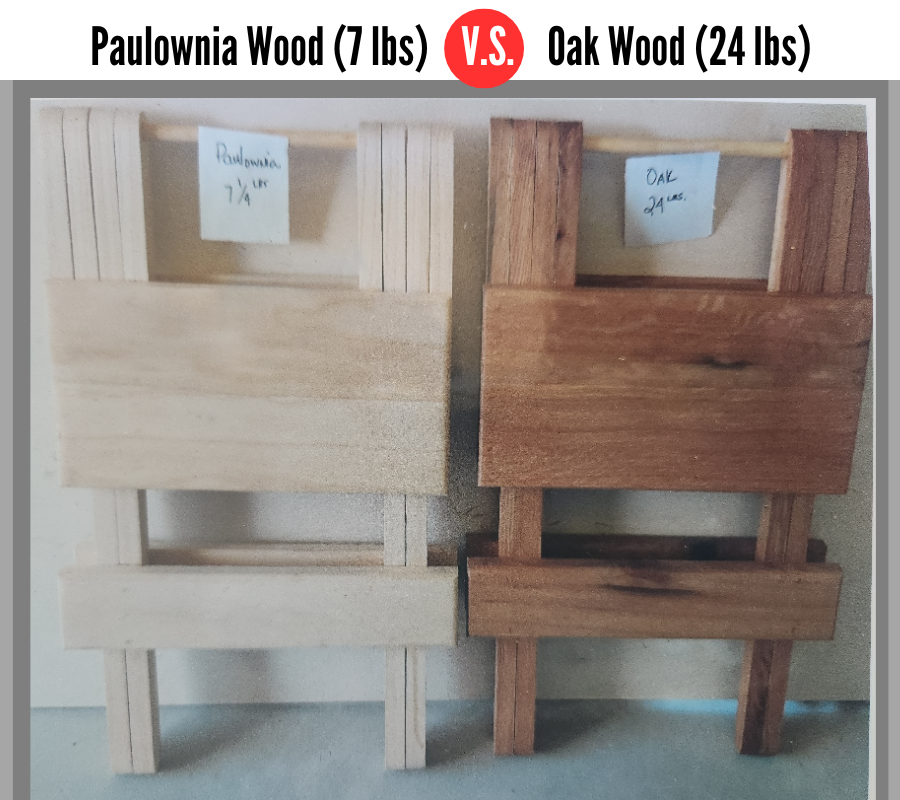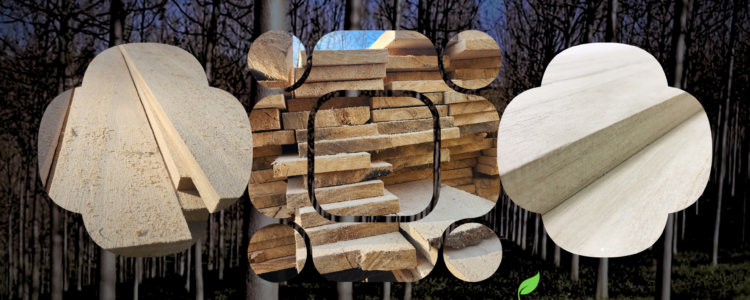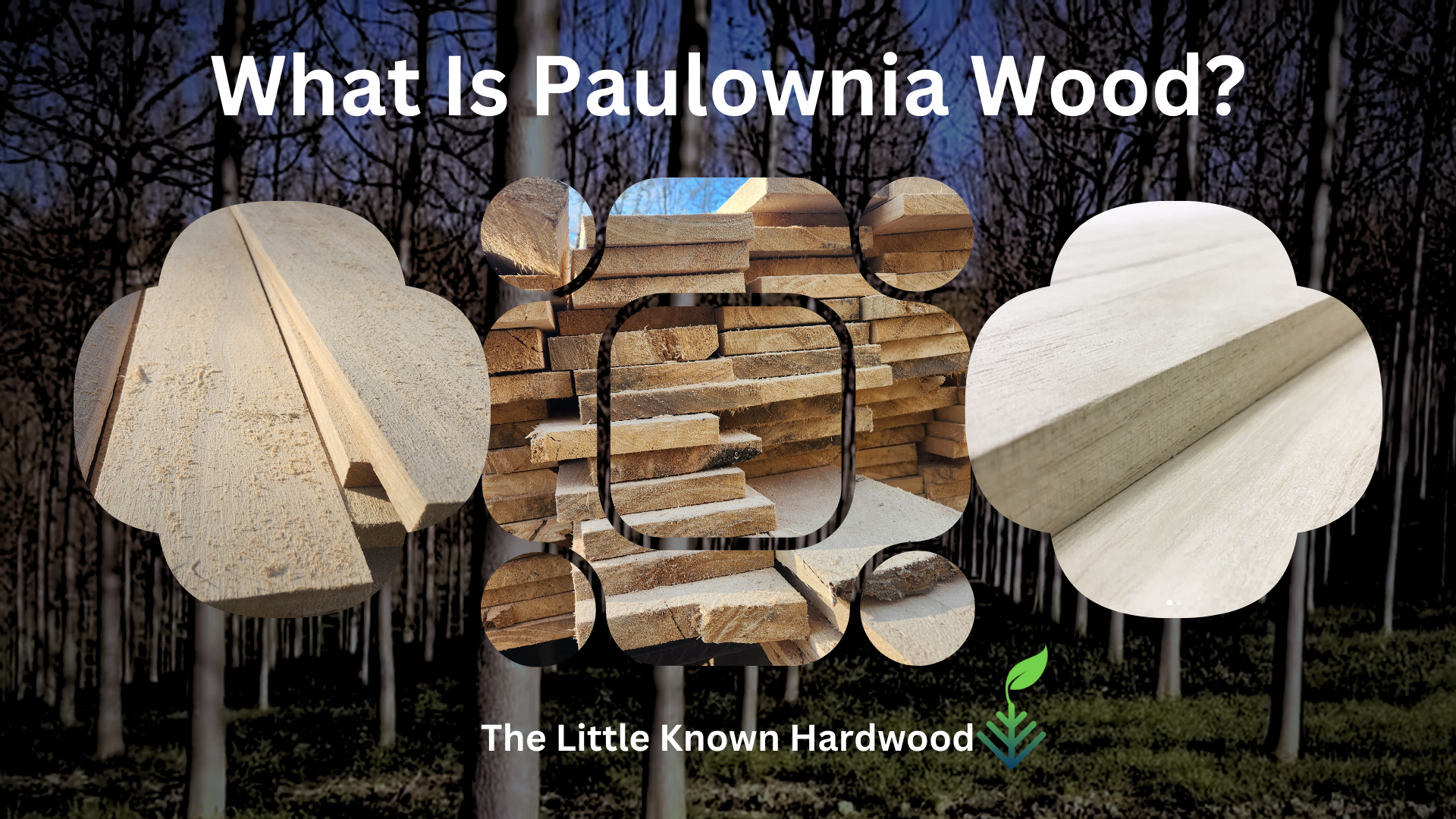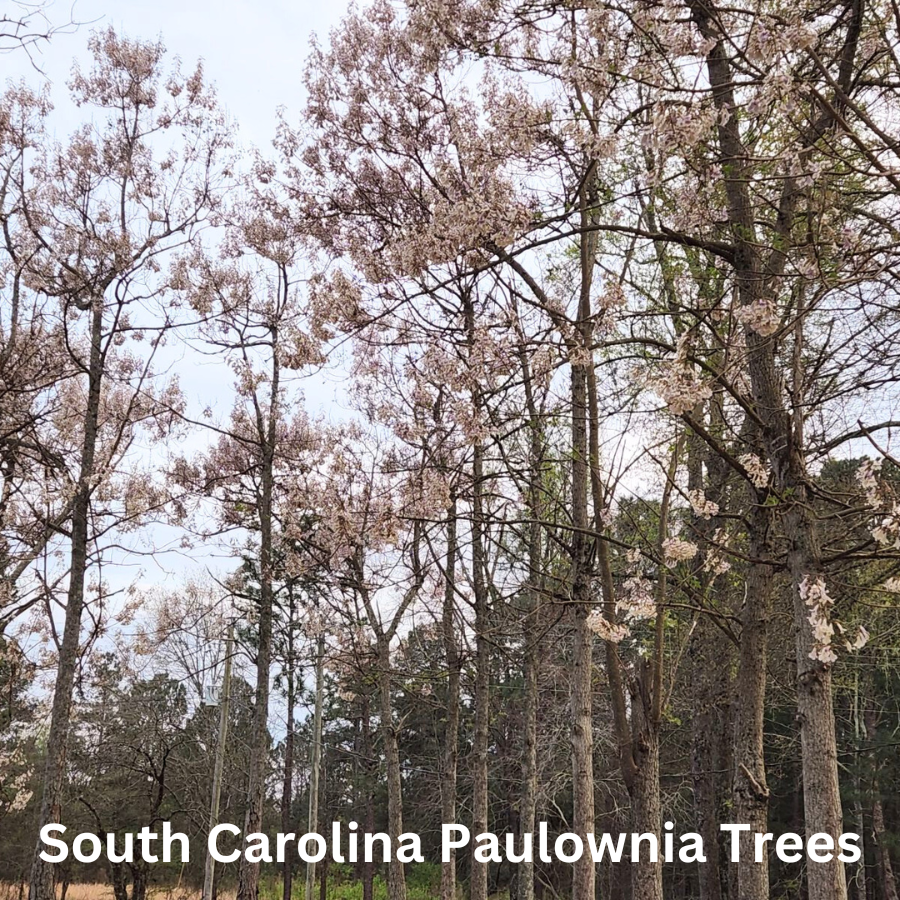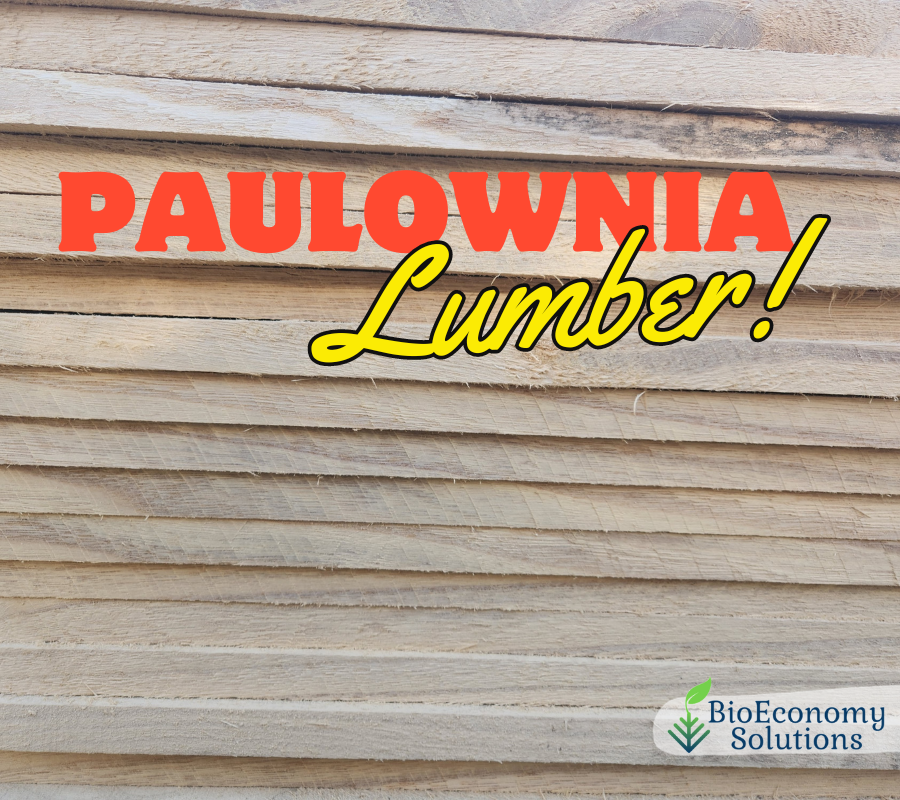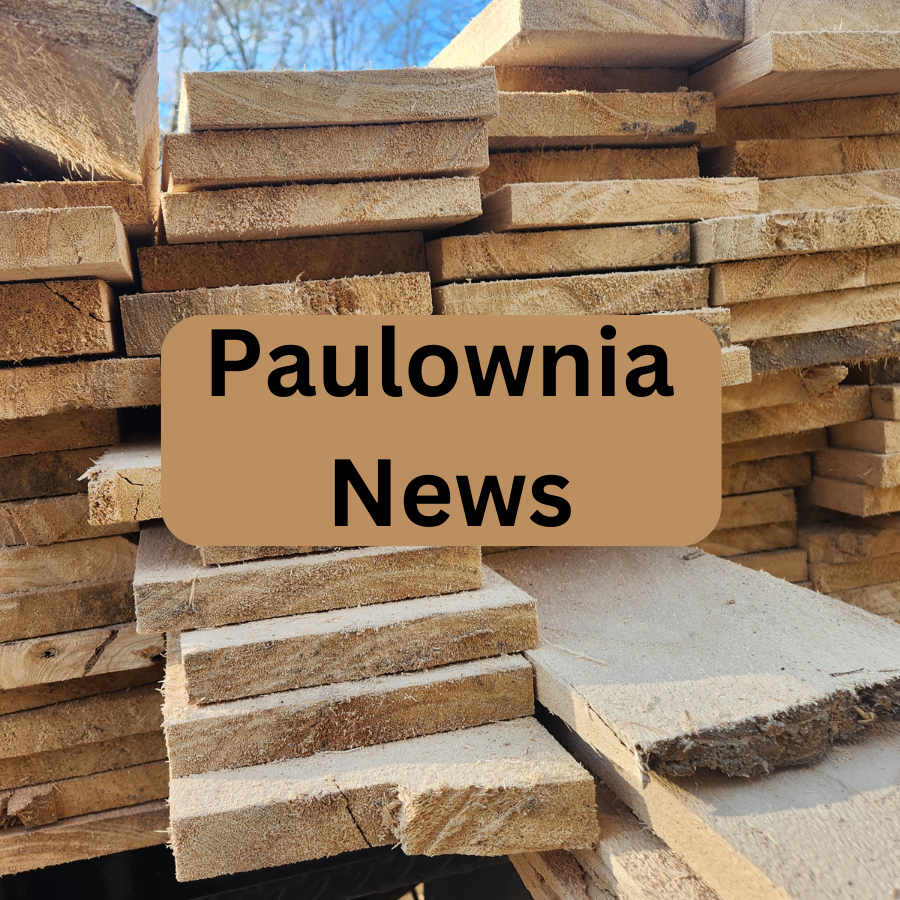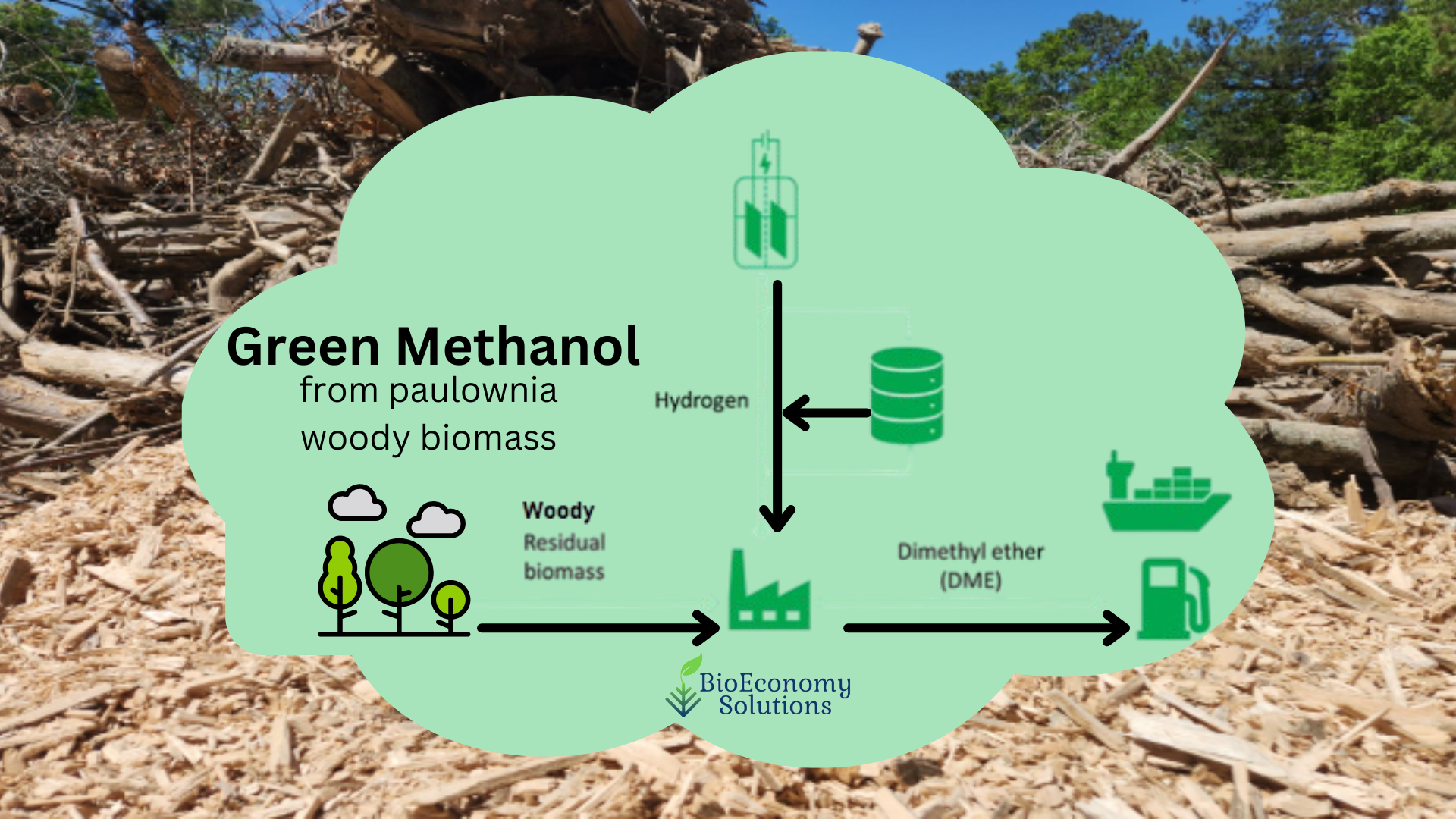
Green Methanol Woody Biomass
Green methanol from paulownia woody biomass is a promising sustainable alternative to fossil-fuel-derived methanol. Green methanol is produced using renewable resources and has the potential to significantly reduce greenhouse gas emissions. Here’s a breakdown of the process and its benefits:
Production Process:
Wood Chips BioMass: BioMass Chips From https://www.linkedin.com/pulse/fast-growing-purposed-grown-paulownia-biomass-victor-garlington-3ride/
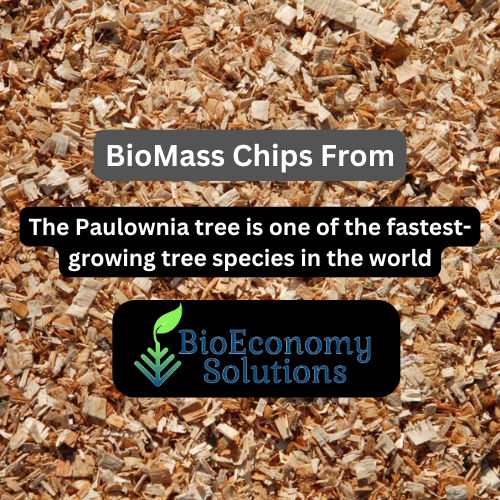
The Paulownia tree is one of the fastest-growing tree species in the world, capable of growing up to 10-15 feet in a single year under ideal conditions. With a potential biomass yield of up to 150 tons per acre per year, this tree offers an abundant, renewable feedstock.
Biomass Gasification: Paulownia Woody biomass, from forest residues, wood chips, or dedicated energy crops, is heated in a controlled environment with limited oxygen. This process converts the biomass into a synthesis gas (syngas), primarily composed of hydrogen, carbon monoxide, and carbon dioxide.
BioChar Production: Utilizes pyrolysis to produce biochar and has numerous benefits to the environment and the bottom line. This process emits syngas. What is biochar? https://bioeconomysolutions.com/what-is-biochar/
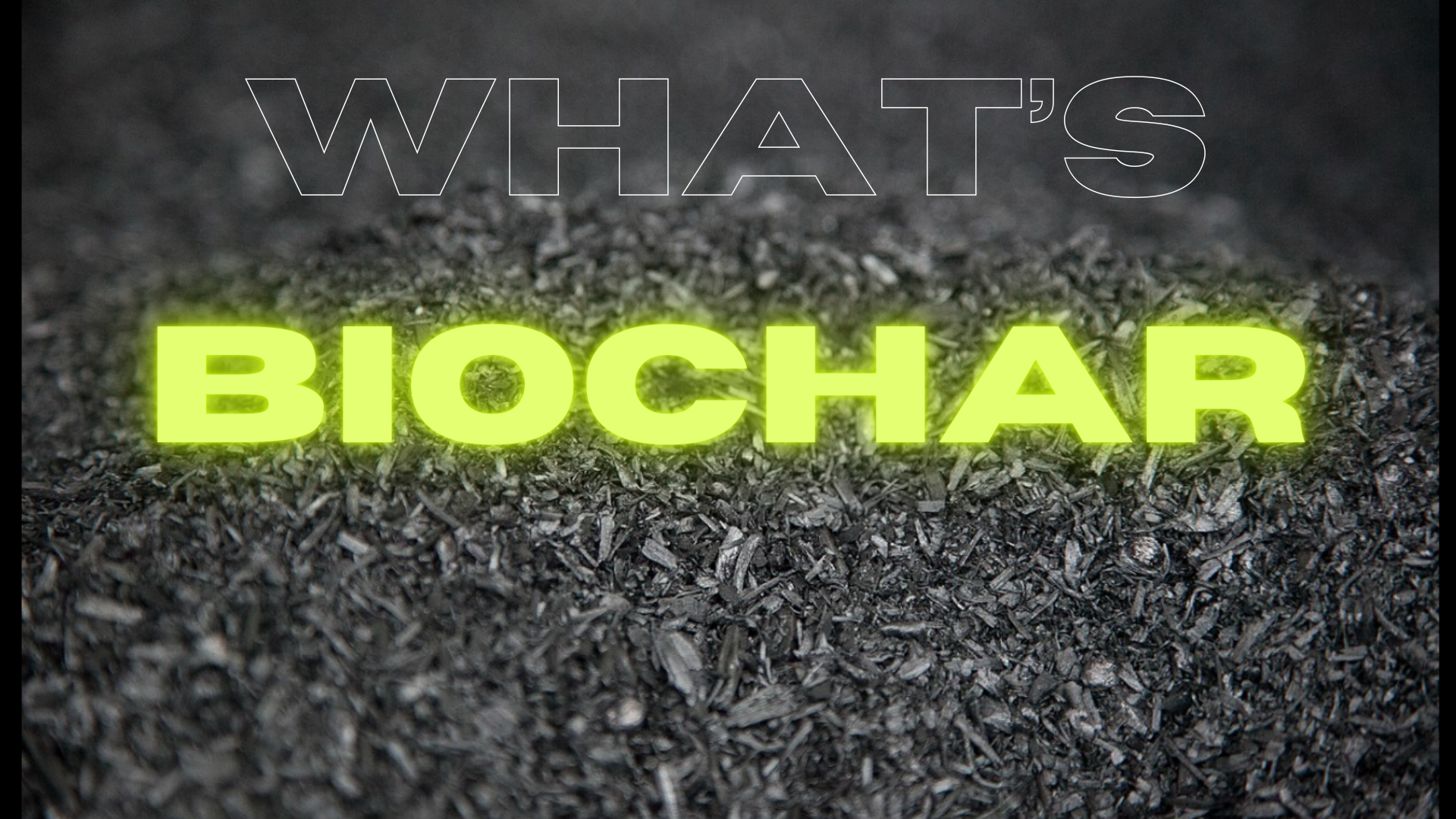
Syngas Cleaning and Conditioning: The syngas is cleaned to remove impurities like tar and adjusted to the proper hydrogen-to-carbon monoxide ratio (2:1) for methanol synthesis.
Methanol Synthesis: The purified syngas is then reacted over a catalyst at elevated temperatures and pressures to produce methanol.
Methanol Purification: The raw methanol is purified to remove any remaining impurities and achieve the desired quality.
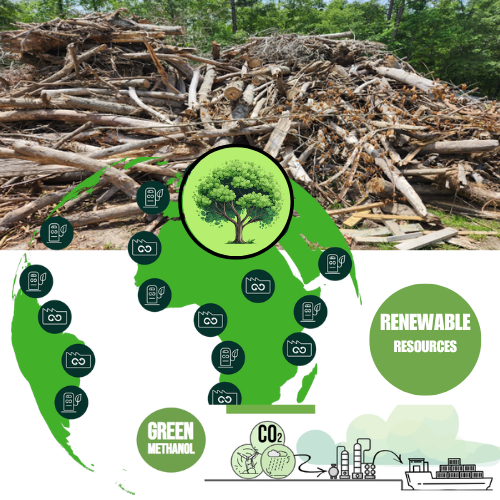
Benefits of Green Methanol from Woody Biomass:
Renewable and Sustainable: paulownia woody biomass is a renewable resource that can be sustainably sourced, reducing reliance on fossil fuels.
Reduced Greenhouse Gas Emissions: Compared to conventional methanol production, this process can significantly reduce greenhouse gas emissions. The biomass feedstock absorbs carbon dioxide during growth, creating a closed carbon loop.
Energy Security: Utilizing domestic paulownia woody biomass resources can enhance energy security and reduce dependence on foreign oil.
Economic Development: It can create jobs and stimulate economic growth in rural areas with abundant biomass resources.
Versatile Applications: Green methanol can be used as a fuel in various applications, including transportation, power generation, and the production of chemicals and plastics.
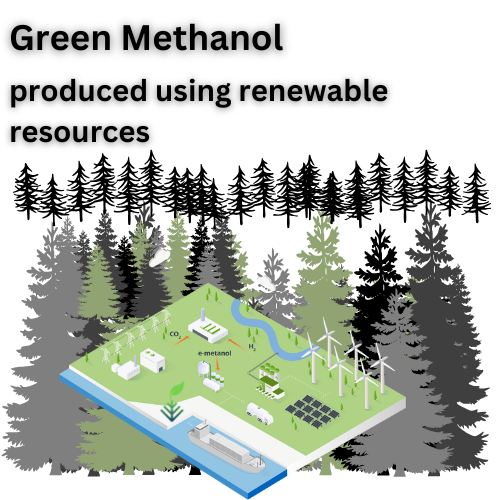
Growing Green Methanol Market
Multiple companies and research institutions are actively involved in developing and commercializing green methanol production from paulownia woody biomass.
Feedstock Availability: Ensuring a sustainable and reliable supply of paulownia woody biomass can be challenging, especially when considering competition with other biomass uses like bioenergy or biofuels. Fast growing purpose grown paulownia biomass ensures biomass feedstock availability for the market.
Production Costs: Currently, green methanol production from paulownia woody biomass can be more expensive than conventional methanol. However, advancements in technology and economies of scale are expected to reduce costs in the future.
Infrastructure: Existing infrastructure for methanol production and distribution may need to be adapted or expanded to accommodate green methanol in certain market places.
Scale-up: The main bottleneck for near-future scaling is the capacity to construct new bio-methanol production facilities
Overall, green methanol from paulownia woody biomass represents a promising pathway towards a more sustainable and decarbonized energy future. Green methanol produced from paulownia woody biomass and other renewables could fuel a growing percentage of vehicles and ships in the coming decades.
As technology advances and production costs decrease, it has the potential to play a significant role in various sectors, reducing our reliance on fossil fuels and mitigating climate change.
CONTACT US
Visit us at: https://bioeconomysolutions.com/paulownia-carbon-credits/ Let’s chat about Fast Growing Purposed Grown Paulownia BioMass solutions for sustainable Forest carbon credits projects.
Where to buy paulownia? We’re providing new paulownia trees from our U.S. South Carolina Paulownia tree farm facility.
Contact Us for details. Office: 843.305.4777 | Email: mail@bioeconomysolutions.com Here’s a link to our online calendar, schedule a conference call with us: www.bioeconomysolutions.com/bookcall
LIKE|SHARE|COMMENT
Enjoy this article? You may also enjoy “Carbon Mining: Green Opportunity Turns To Paulownia Trees” https://www.linkedin.com/pulse/carbon-mining-green-opportunity-turns-paulownia-trees-garlington-895se/
